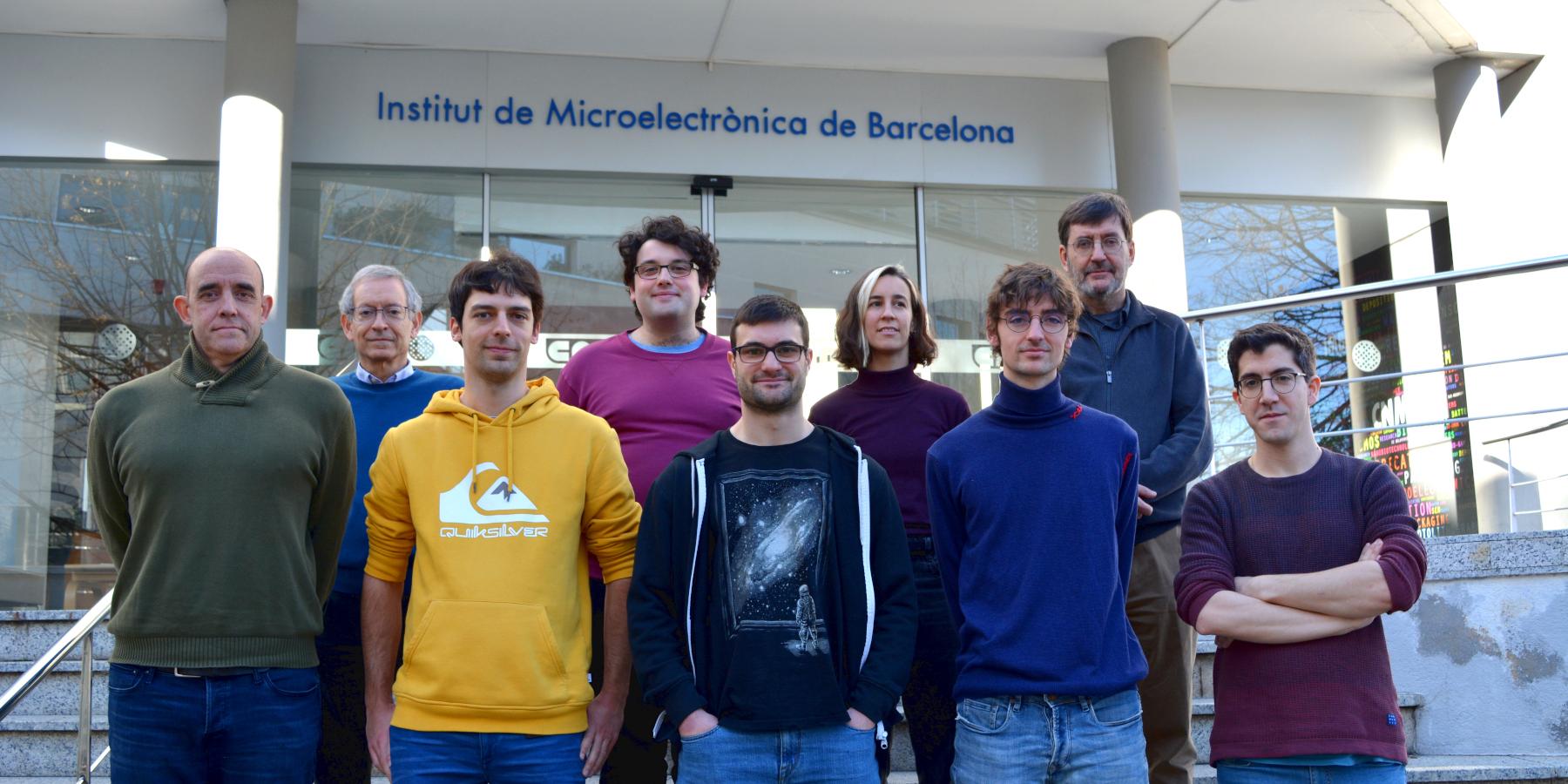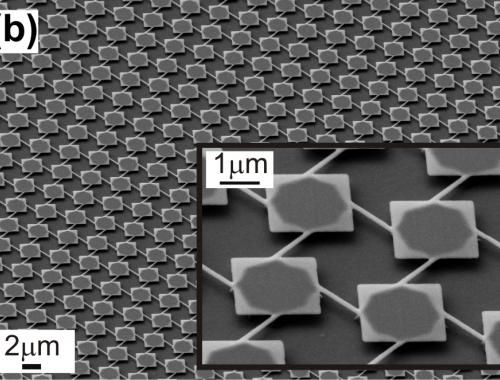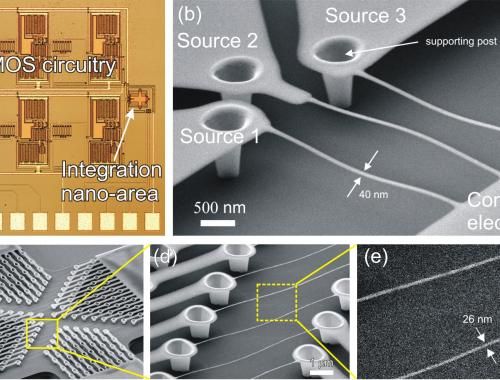Nanofabrication and Nanomechanical Systems Group (NANONEMS)
The group explores the electronic and electromechanical properties of nanostructures that can provide new or improved features to nanodevices and nanosystems. It also performs research and development of advanced nanofabrication methods, preferably those that can be applied to devices used in miniaturized integrated systems. These activities cover two of the Key Enabling technologies (KETS): nanotechnology and micro-nanoelectronics.
Contact Person
Advanced nanofabrication methods
They are based on i) top-down techniques (advanced lithographies, e-beam lithography, focused ion beam, nanoimprint lithography) and ii) bottom-up techniques (directed self-assembly of block co-polymers), in addition to deposition and etching processes. The final aim is to bridge the gap existing between nanofabrication processes for prototyping available in the laboratory and the technology required for applications in pilot lines in the field of micro/nano electronics.
Nanoelectronic devices
Study and development of nanoelectronic devices and their applications as electronic circuit elements and sensors. In the last years the activity was focused on the development of single-electron transistors (SET) for miniaturized electronic systems with a very low energy consumption. On this basis, the current activity is oriented to the development of fabrication technologies for silicon-based spin qubits for quantum computing. In the field of sensor devices, the existing collaboration with external research groups will continue in the field of the integration of micro and nano sensor devices for biomedical applications.
Nanoelectromechanical systems (NEMS)
Study of NEMS, typically bridge structures or cantilevered beams, and specifically development of manufacturing methods, transduction methods, system integration and applications.
Advanced AFM methods
Some activity continues in the development of advanced AFM characterization methods. The objective is to have methods available for obtaining information about functional properties at the nanoscale, which is needed for the research performed by the group and for collaborations with other research groups and industries.







